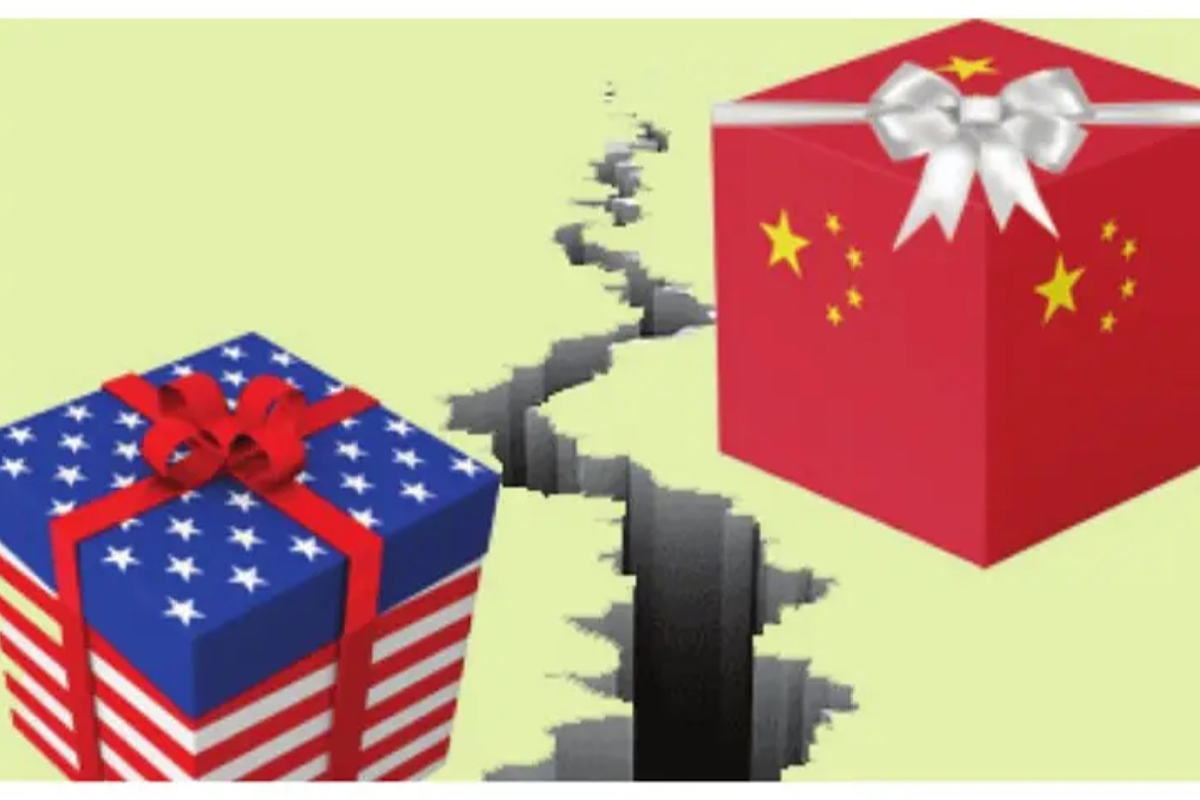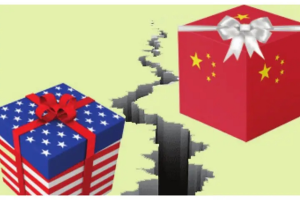US President Donald Trump’s renewed tariff threats against China have been met with expected counter tariffs from Beijing, but Chinese leader Xi Jinping likely sees more than just a trade dispute. He sees an opportunity to accelerate China’s long-term goal of reshaping global economic alignments. With Mr Trump’s “America First” approach fostering uncertainty among US allies and trade partners, Beijing can position itself as a stable alternative in a world wary of Washington’s unpredictability. For years, China has been working to reduce its dependence on the American market, diversifying its trade partnerships across Africa, Latin America and Southeast Asia.
Now, as Mr Trump raises tariffs, Beijing can portray itself as the more reliable economic partner ~ one that does not wield trade restrictions as a tool of coercion. This messaging resonates particularly in Europe, where businesses are caught between their economic reliance on China and growing frustration with Washington’s erratic trade policies. Yet, China’s attempt to capitalise on this moment is not without its own risks. Its economic slowdown, youth unemployment, and fragile property market limit how far Beijing can stretch itself in filling the void left by Washington. While China has deepened trade ties with Africa, Latin America, and Southeast Asia, its aggressive debt-driven investments have also sparked pushback. Some nations are reconsidering their dependence on Beijing, wary of its economic influence turning into strategic leverage.
Advertisement
Thus, even as President Xi moves to seize opportunities, his ability to reshape the global order may face internal and external constraints. That said, President Trump’s approach risks pushing emerging economies further into Beijing’s orbit. His trade war disrupts global supply chains, forcing countries to reconsider their economic dependencies. China, with its massive Belt and Road Initiative (BRI), can offer an alternative path. If US tariffs destabilise markets, President Xi can step in with infrastructure investments, loan agreements, and trade deals, presenting China as the champion of global economic stability. However, while Mr Trump’s tariffs create openings for Beijing, they do not hand President Xi an uncontested victory.
Many Asian nations remain wary of China’s dominance, particularly in the South China Sea and through its economic coercion tactics. Japan, South Korea, and Australia have strengthened security ties with the US precisely because they do not fully trust Beijing’s intentions. Even within the BRI framework, many recipient countries are beginning to push back against China’s debt-driven diplomacy. President Xi’s strategy, therefore, is not about replacing US economic leadership overnight but about exploiting the cracks in Washington’s approach. The more Mr Trump alienates allies and disrupts global markets, the more space China has to expand its influence. Whether this translates into a long-term shift in global economic power depends on how effectively Beijing can navigate its own internal challenges, including a slowing economy. The real test for both leaders lies in how global players respond. If countries see Washington as unreliable, they may bet on China. If they see Beijing’s ambitions as overreach, they may intensify counterbalancing efforts.











